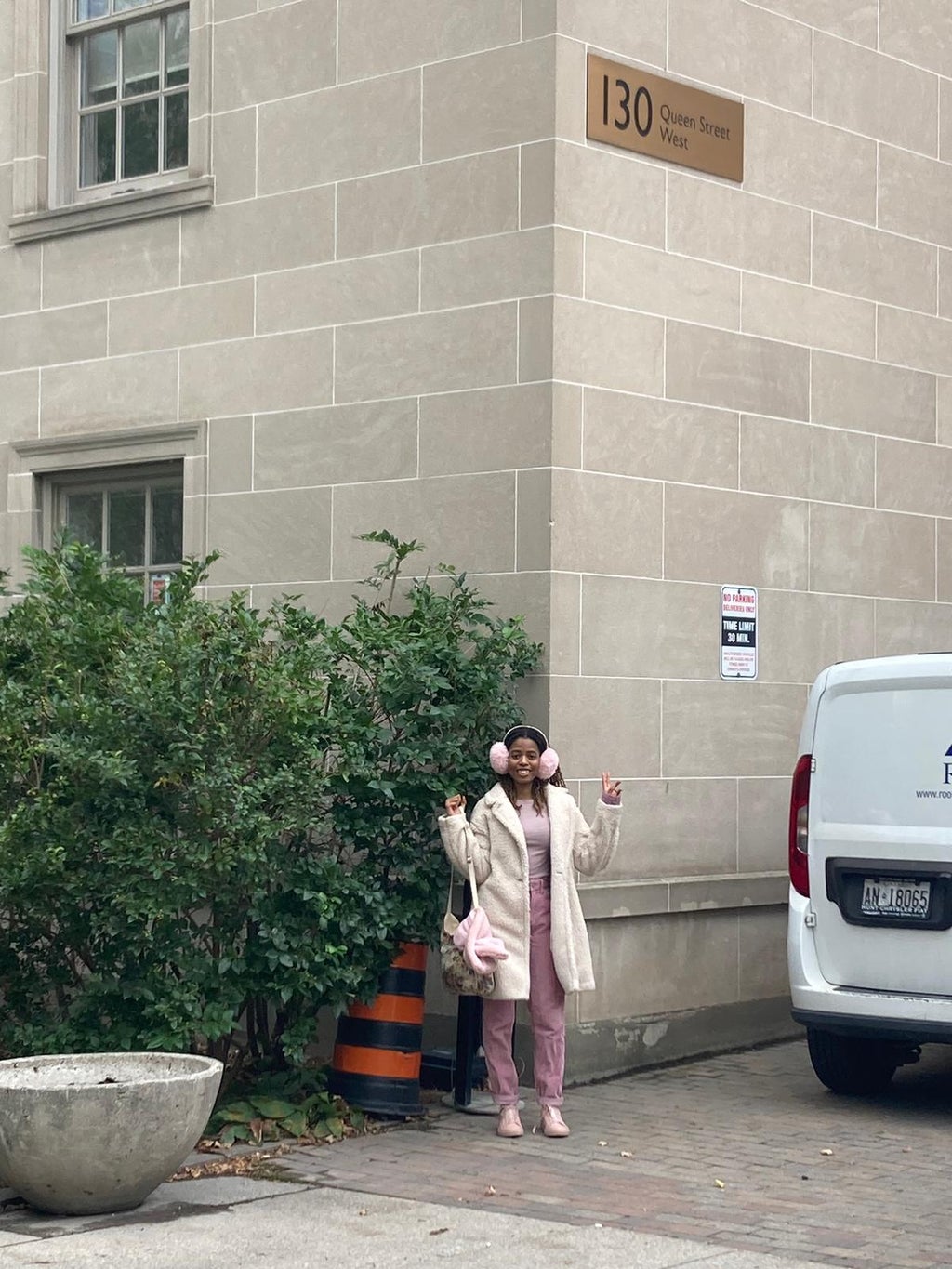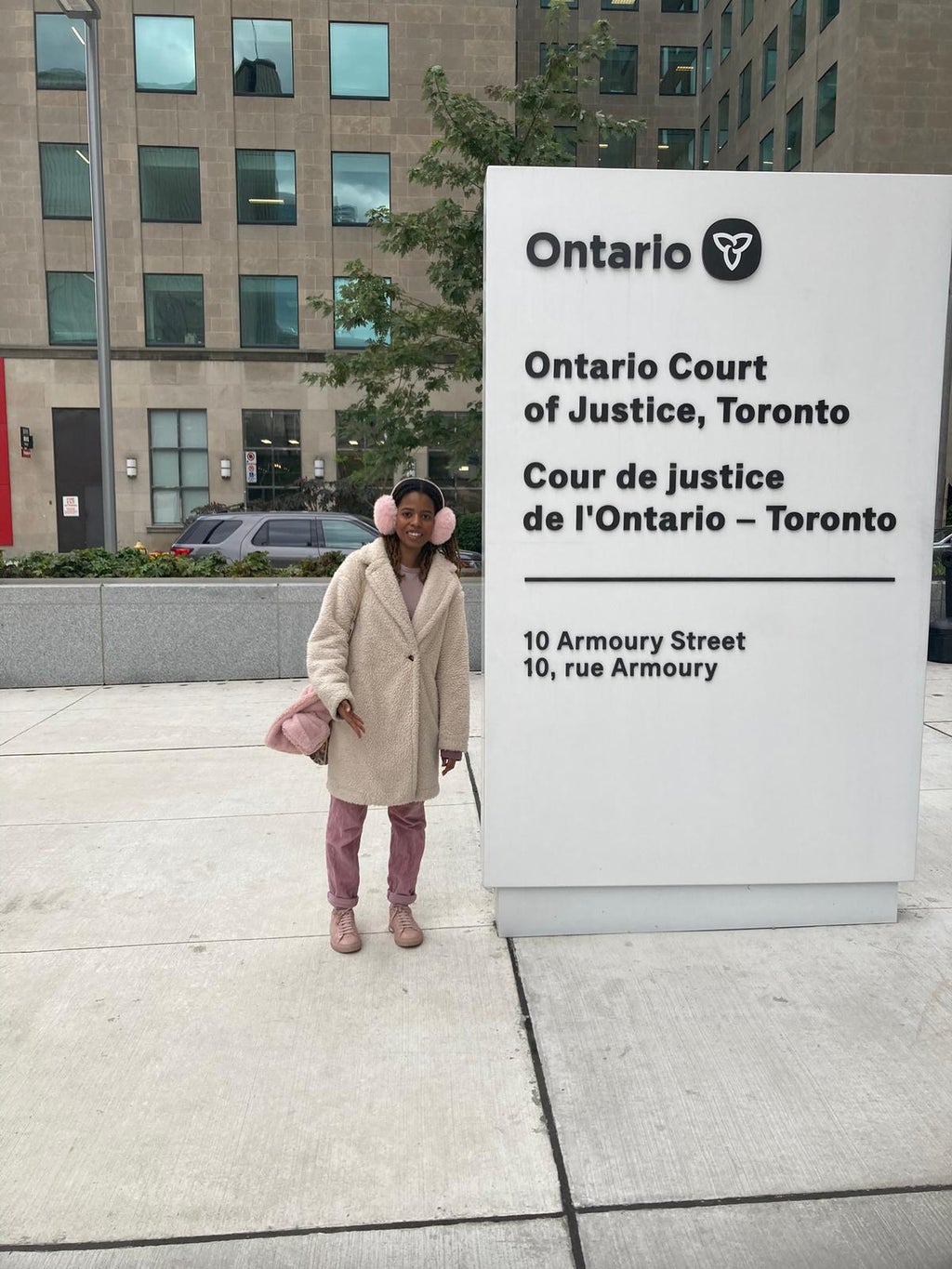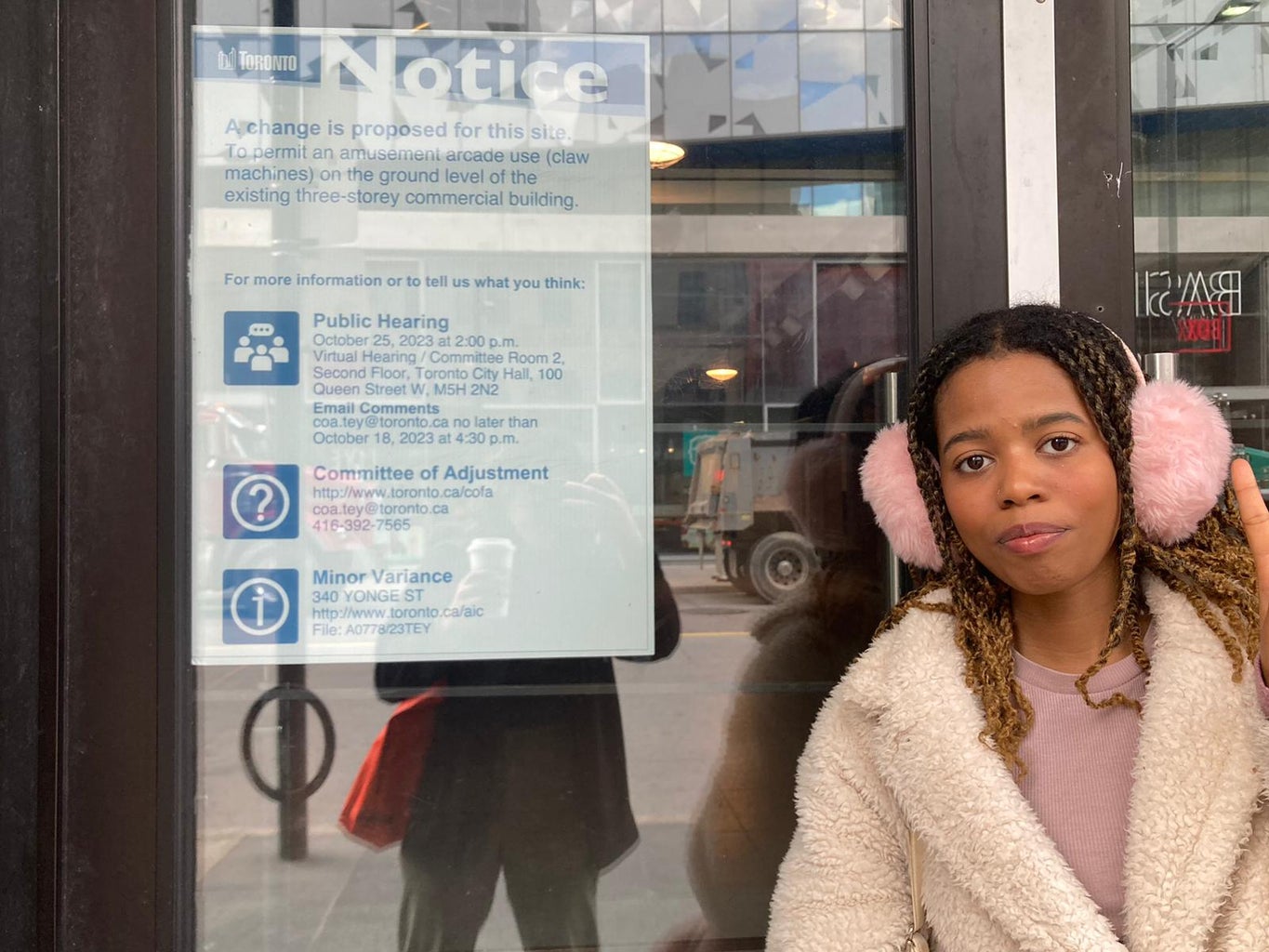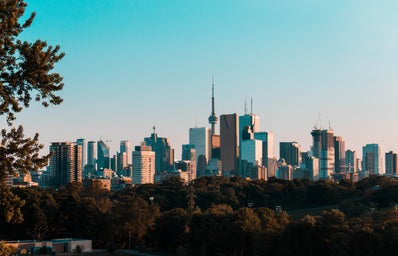In October, I embarked on a self-guided walking tour assigned by my Black Canadian History Professor, Natasha Henry Dixion. Listening to an audio she provided, I visited 13 locations that reflected the longevity of Black presence within Toronto; a fact that is often ignored within mainstream studies. In honor of Black History Month, here are five of those sites:
1. roy thomson hall

Located near St Andrew Station, Roy Thomson hall is best known as a location for concerts. However, long before today, the location was where Black Torontonians celebrated Emancipation Day, which marked the official end of slavery in most British colonies. After marching through the streets, participants would gather here to have a large banquet and listen to a number of speakers. For example in 1854, journalist and educator Mary Ann Shadd Carey spoke to the crowd.
2. osgoode hall (130 queen street west)

A number of legal challenges against the slavery of African Peoples happened here. A notable case was the John Anderson Trial. John Anderson was a Freedom Seeker who arrived in the city in 1851. During his escape, he killed his slave master in self defense. About a decade later, this story resurfaced, and he was ordered to return to America the courts. However, due to the vehement protests of the Black community in Toronto, this decision was reversed and he maintained his freedom.
3. ontario justice court

This location was once the center of a prominent Black neighborhood in the city. St John’s Ward was the first residence for Black Freedom Seekers and other immigrant groups. Black men and women in this neighborhood worked a variety of jobs and ran their own businesses. Additionally, In 2015 and 2016, an archaeological build was done in the area before the new courthouse was built and the evidence of the British Methodist Episcopal Church. Established in 1865, the institution gave back to the Black Community, assisted Freedom Seekers and advocated for the abolition of slavery in the United States.
4. canadian tire (eaton centre)

Before it was an automotive retail store, this location was owned by John Merriweather Tinsely, a successful Black construction and carpentry business owner. Tinsely was a free man who immigrated from Virginia to Toronto in the 1840’s. At this location, he often employed newly arrived Black Freedom Seekers to help them integrate into Canadian society and earn a living for themselves.
5. 340 yonge street

Steps away from the Eaton Centre, this is the location where Alexander Thomas Agusta operated a pharmacy and healthcare practice. Born a free man, Agusta migrated to Canada in 1853 due to being rejected from American medical school on the basis of his race. He graduated from Trinity Medical College (now located at Uoft) in 1856 and went on to become the second Black doctor in the city, succeeding Alexander Ruffin Abott.
Overall, this experience was a great learning experience for me and I hope everyone reading learned some new facts about the presence of Black Canadian History within Toronto.
Source: Eclass HIST3535 Black Canadian History taught by Natasha Henry-Dixion at YorkU


